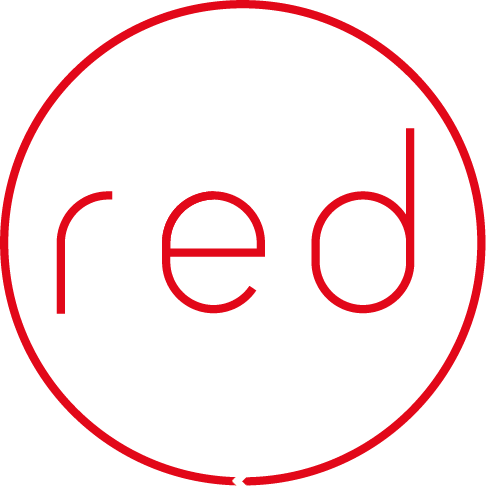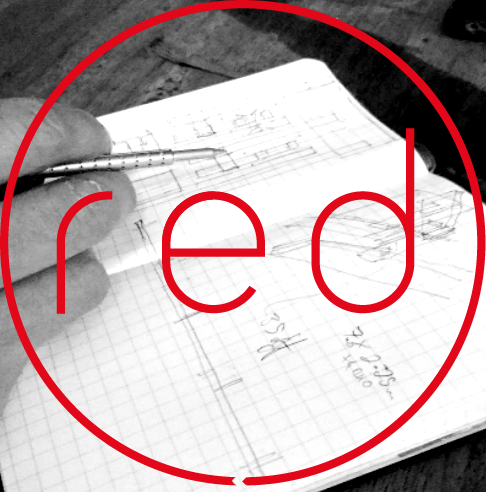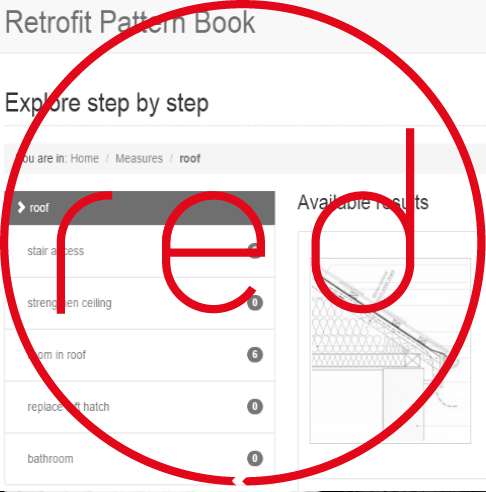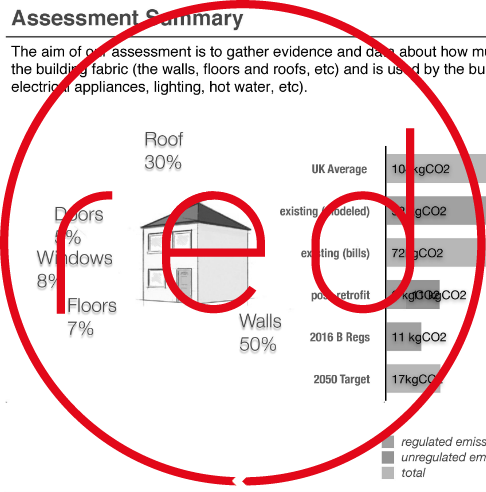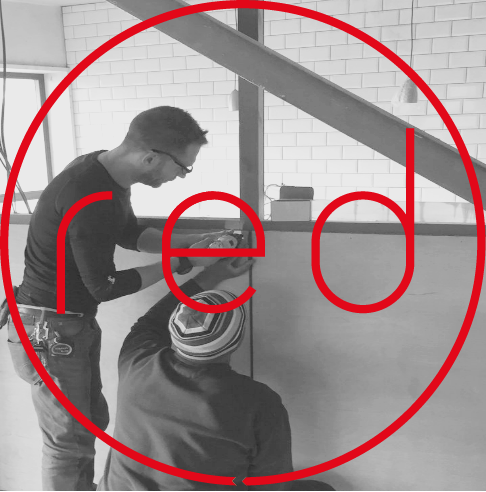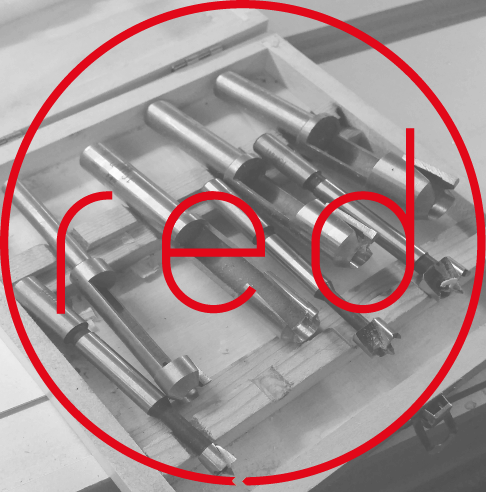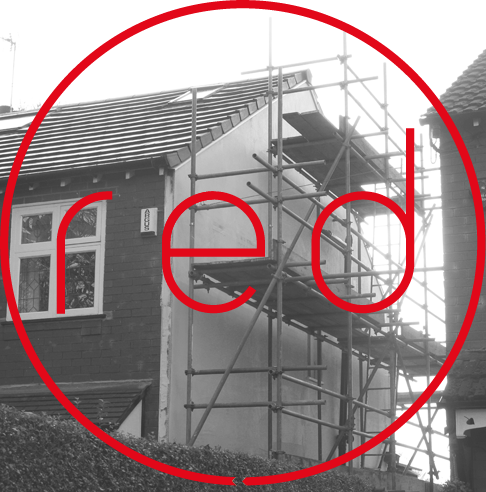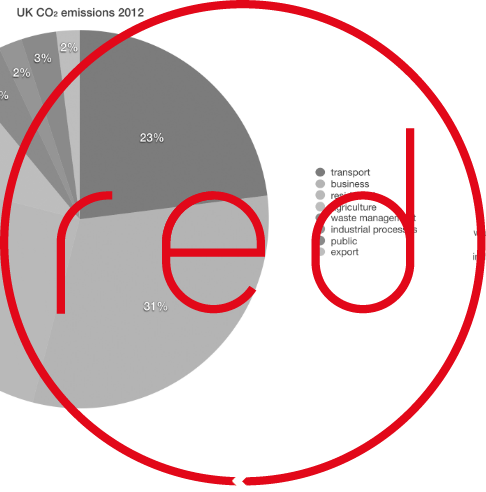what happens next and the design process
After sending an initial questionnaire about your energy use, red assessors visit for about two hours and take detailed measurements of the property, as well as noting the details of your boiler, windows and other aspects of the construction. These details are used to build a complete model of where your energy is going, which allows us to calculate a set of effective retrofit measures. We use your past energy bills to compare your actual usage with the average that the SAP model uses, to make sure that you’ll actually achieve savings even if you aren’t average (and we’ve found that not many people are!). You get a detailed report showing where your energy is used now and how you can make the most effective changes - if feasible we take your plans all the way to carbon neutral with the addition of some power generation. Cost estimates are included and you can then either just make a start with the DIY measures, work with us to carry out some of the work, or you have something to show another contractor to explain what you want as well as how much you are willing to pay.
If you decide to go ahead with work, we then move to a design stage where we also firm up the costings of the works you would like to carry out while also keeping you up to date on the effect adding and subtracting bits of work will have on your carbon and bill savings.
red want to make sure as much of your money goes on emissions reductions as we can manage so we advise you of the cost benefits of various measures - for example doors may not be worth it as the percentage of heat loss may be so small as to not be worth it unless you want a new door for maintenance, security or aesthetic reasons.
We start this stage with a second more detailed visit. We will make more detailed assessments of the details needed, the additional enabling areas of work and look at the junctions between various building elements.
red also want to spend as little of your money on design fees as we can manage so we use the Pattern Book to identify details we’ve deployed before and their supply chain. This not only keeps design costs down it improves cost and performance certainty on the works themselves
Where we have not encountered a situation before for which an existing detail will perform or if you want something different or more bespoke we will then design that for the situations, where appropriate these details will then go onto the Pattern Book for re-use.
